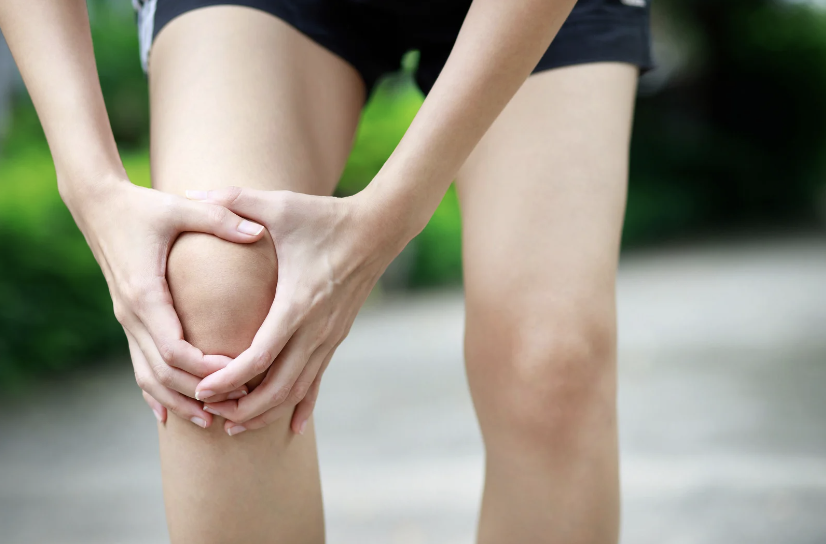Why Your Knee Still Hurts
The core problem is being overlooked. Here is The Solution.

If you’ve ever experienced knee pain, you know how disruptive it can be to your daily life and physical activities. Understanding the intricate relationship between different parts of your body is crucial when it comes to addressing knee issues effectively. In this blog post, we’ll explore a comprehensive approach to knee health that begins at the foundation and works its way up. Schedule a Free Pain Assessment to find your personalized solution.
The Lower Back: Where It All Begins
To truly understand knee health, we must start at the lower back. Why? Because the lower back plays a pivotal role in housing the nerves that innervate the knee. Any issues in this area can have a direct impact on your knee function. So, it’s essential to ensure that your lower back is in good shape and functioning optimally.
The Hip-Knee Connection
One of the key takeaways is that the hip and knee are intricately connected, especially when it comes to treatment. The hip and knee are like partners in crime; they work together, and when one isn’t functioning correctly, the other has to compensate. In other words, the less your hip is working, the more your knee has to pick up the slack. Understanding this relationship is crucial for effective treatment.
Knee Valgus Collapse: A Red Flag for Knee Health
Knee valgus collapse is a common issue that can lead to unnecessary stress on the knee. It’s important to address this problem because it can be prevented with the right exercises and treatment. By focusing on the underlying causes of knee valgus collapse, you can significantly reduce the strain on your knees. Read more here
Targeting the Right Muscles
To build knee strength and resilience, it’s imperative to target the muscles that cross the knee joint—specifically, the hamstrings and quadriceps. These muscles play a vital role in supporting the knee and absorbing the stresses of everyday life and sports activities.
Knee Pain? Start here!
Three Essential Exercises
Now that we’ve discussed the importance of the lower back, hip-knee connection, and muscles around the knee, let’s delve into three key exercises to kickstart your journey to healthier knees:
- Sit-to-Stand Exercises: These help improve lower body strength and stability, which is vital for maintaining proper knee function.
- Single Leg RDL (Romanian Deadlift): This exercise enhances balance, stability, and hamstring strength, which is necessary for knee support.
- Resisted Lateral Steps: These exercises target your hip muscles, promoting hip-knee coordination and reducing unnecessary knee strain.
Incorporating these exercises into your routine and focusing on the interconnectedness of your lower back, hips, and knee can be a game-changer for your knee health. Remember, a comprehensive approach is often the most impactful way to address knee issues and ensure you can continue doing the things you love without pain or discomfort.
Ready to take the first step toward healthier, pain-free knees? Book your complimentary, Free Pain Assessment with our expert doctors of physiotherapy today! Let us help you find the right solution for your knee pain. Don’t wait; schedule now!




